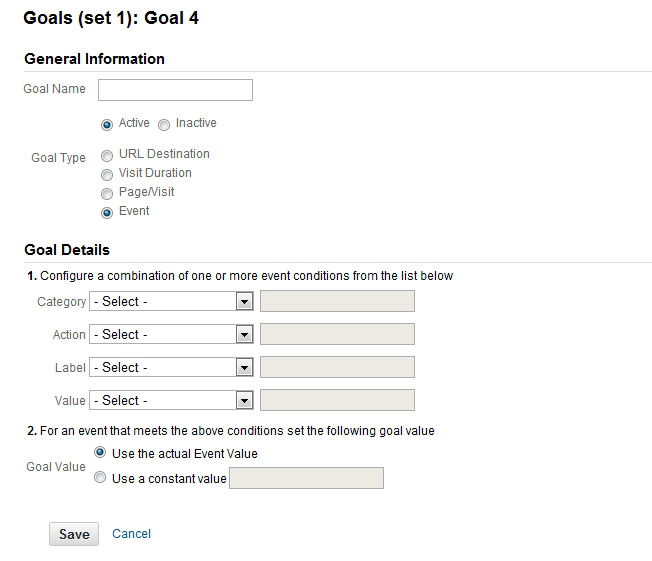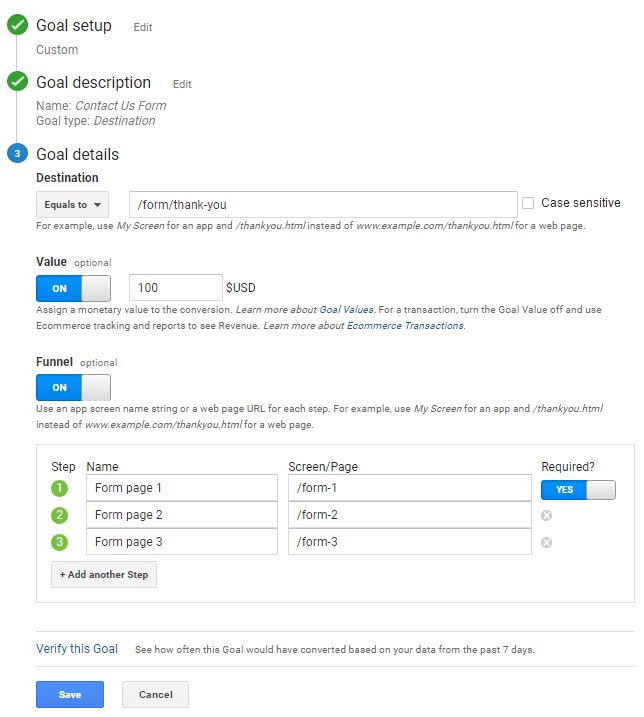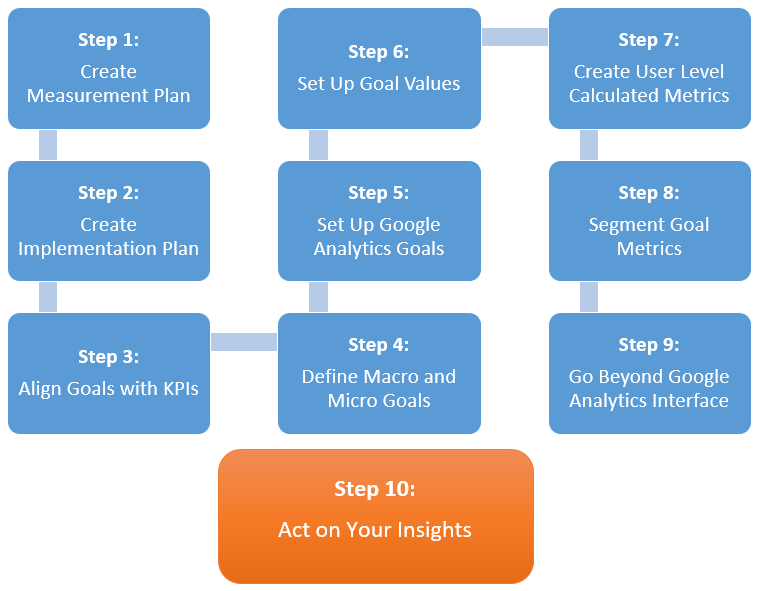Discover What Data Is Google Analytics Goals Unable to Track
Introducing the Blind Spots: Recognizing What Google Analytics Goals Can not Measure
In the realm of electronic analytics, Google Analytics stands as a powerful tool for monitoring and examining online customer interactions. Understanding what Google Analytics objectives can not measure is critical for getting an extensive sight of individual behavior and interaction.
User Actions on External Platforms
Recognizing just how customers communicate on external systems is crucial for maximizing on the internet techniques. Exterior systems, such as social networks networks, referral websites, and on-line discussion forums, play a considerable function in driving web traffic to a company's website. By analyzing user actions on these platforms, organizations can obtain important understandings into the effectiveness of their advertising initiatives and the choices of their target audience.
One trick facet of user habits on exterior platforms is the reference source. By tracking where the individuals are originating from, organizations can identify which platforms are driving one of the most traffic to their internet site. This information can help business designate their resources extra effectively, focusing on the platforms that produce the ideal outcomes.

Offline Communications and conversions
Evaluating customer habits on external systems supplies valuable understandings into on-line methods; however, taking into consideration offline conversions and interactions is just as critical for a detailed understanding of a company's total performance. Offline conversions, such as in-store acquisitions or phone inquiries, play a substantial function in many organizations' success.

Attribution Beyond Last Click
When delving right into the world of electronic marketing analytics, it becomes necessary to look past the single touchpoint of the last click for a more detailed understanding of acknowledgment. While Google Analytics provides valuable insights into individual actions, counting solely on last-click attribution can be limiting - what data is google analytics goals unable to track. Acknowledgment versions that go beyond the last click provide an extra nuanced sight of the customer trip, thinking about all the touchpoints that result in a conversion
Attribution beyond the last click allows online marketers to designate credit history to different communications along the conversion course, giving a clearer photo of the effectiveness of various marketing networks. By exploring multi-touch attribution designs such as linear, time decay, or position-based acknowledgment, organizations can better allocate their advertising budget plans and optimize their approaches for maximum effect.
Comprehending the influence of each touchpoint in the conversion procedure read what he said is critical for making notified decisions and making the most of ROI. By embracing acknowledgment beyond the last click, organizations can get deeper understandings into consumer habits and customize their advertising efforts a lot more efficiently.
Cross-Device and Cross-Browser Monitoring

Likewise, cross-browser tracking matches cross-device monitoring by recording user habits as they switch over in between various internet browsers. Understanding exactly how individuals connect with sites on different web browsers can aid marketers optimize their online experiences to guarantee consistency and performance across different platforms.
Qualitative Data and User Intent
Understanding user intent through qualitative data analysis is important for establishing targeted digital advertising and marketing techniques that reverberate with the needs and preferences of the target audience. Qualitative data provides insights into the 'why' behind customer activities, clarifying inspirations, emotions, and preferences that measurable information alone can not catch. By examining individual comments, comments, and Click This Link communications, marketers can uncover valuable details concerning individual intent, allowing them to tailor their messaging, web content, and offerings to better align with what their audience is looking for.
Qualitative information also aids in comprehending the context in which users involve with an internet site or application. This contextual understanding allows marketers to create even more customized and pertinent experiences, ultimately driving greater engagement and conversion prices. By delving right into user intent via qualitative data evaluation, businesses can obtain a deeper understanding of their target audience, causing much more reliable advertising strategies that satisfy users' expectations and demands.
Final Thought
Finally, Google Analytics goals have limitations in gauging user habits on exterior platforms, offline conversions, acknowledgment beyond last click, cross-browser and cross-device tracking, and qualitative data associated with user intent. what data is google analytics goals unable to track. It is necessary for companies to be conscious of these unseen areas in order to supplement their data evaluation with various other tools and methods to get a more extensive understanding of their target market and boost their overall digital advertising approaches
By analyzing individual actions on these systems, businesses can acquire beneficial insights into the efficiency of their additional info advertising initiatives and the choices of their target audience.
Analyzing user habits on outside systems supplies beneficial understandings right into online strategies; however, thinking about offline conversions and interactions is equally crucial for a thorough understanding of a firm's total efficiency.In digital marketing analytics, relocating past last-click attribution to explore cross-device and cross-browser tracking is necessary for obtaining an alternative understanding of customer communications throughout various systems and tools. By analyzing user responses, remarks, and communications, online marketers can uncover valuable information concerning individual intent, allowing them to customize their messaging, web content, and offerings to much better line up with what their audience is seeking.
By diving right into individual intent through qualitative information evaluation, organizations can get a deeper understanding of their target audience, leading to much more effective advertising and marketing techniques that meet customers' expectations and demands.